Easy Hikes in Germany
The Erzbahn – A Railtrack Hiking Trail
Some hiking trails have always been hiking trails, and there is nothing wrong with that. Others, however, have a history behind them: itinerant tradesmen may have been using them for centuries to carry their wares from village to village, or the trail gives you the chance of walking in the footsteps of customs officers who were once patrolling a neighbouring “bandit country”.
These historic footpaths are sometimes less picturesque than modern, purpose-built trails, but their layer of additional interest generally more than makes up for that.
The Erzbahn railtrack hiking trail in western Germany is a specifically unusual member of this group. It is purpose-built all right but not as a hiking trail but as a transport route for steel and iron ore – and not as a footpath or even a road but as a railway track.
Steel production in the west German town of Bochum, about one hour by train north of Cologne, was already well established – the Bochumer Verein had operated there since the middle of the 19th century – when the construction of the Rhine-Herne Canal (from 1906 onwards) opened up the prospect of using a cheap network of waterways for the company’s iron ore supplies as well as their shipments of finished steel.
The problem was not so much the distance of the new canal from the Bochumer Verein – although, at 10 km, this was definitely not a mere lump-of-coal’s throw away – but the fact that much of the projected track would have to be built across a densely built-up area.
The solution the engineers came up with was a railtrack on a 15m high embankment, which also required – because so many other rail tracks had to be crossed – the construction of altogether 15 new bridges.
The project must have been fabulously expensive and demonstrates how much profit could apparently be made by producing steel in the early 1900s.
Few industries today operate with the type of margin that could allow or indeed justify an investment on such a scale, or at least they don’t tell us if they do. (Come to think of it, the steel producers of the early 20th century probably ago also moaned and groaned about the “pressures of globalization”.)
The rail connection was completed in several stages, the last one only in 1930 – to be operated for little more than 30 years when steel production in Bochum ceased in the late 1960s.
There was no obvious other use for the track, so it fell into neglect and was slowly reclaimed by nature, until 10 years ago when the decision was made to rebuild it as a hiking-plus-cycling trail.
The Erzbahn (“iron ore railway“) walk starts at the Jahrhunderthalle in Bochum. (Take tramway line 302 from Gelsenkirchen Central Station – that’s an underground stop, so you should follow the “U” signs – in the direction of Laer Mitte, leave the train at the stop Jahrhunderthalle and cross the road.)
The Jahrhunderthalle is now an indoor arena that hosts all kinds of cultural events, but it was used for industrial purposes until well after WWII. In fact, you are now standing right in the middle of a once-mighty industrial complex, at the time one of Europe’s largest steel production facilities.
The trail leads past the Jahrhunderthalle and in an elegant left-hand sweep on to one of the many bridges that you will cross until you reach your – and the former rail track’s – eventual destination.
Initially, the trail is quite industrial – guiding you at one stage between an old coal mine on your right and what looks like a depot of aluminium girders on your left – but, after a while, becomes surprisingly pastoral.
You don’t feel as though you were at the centre of anything, never mind the industrial heartland of Europe’s largest economy. Even I, and I have been to the area many times, am still surprised at how deeply rural the Ruhrgebiet can be.
Some of the bridges are part of the original design …
… but some of the most spectacular ones were newly built when the track was converted into a hiking trail about ten years ago …
… and some of the many bridges of this railway track hiking trail, mainly those in the earlier sections, provide views that even the natives would hesitate to call beautiful – or pastoral for that matter.
Well, this IS the Ruhrgebiet, after all. After a while, however, it all becomes very peaceful, and even the tracks under the Erzbahn bridges, the ones these bridges were constructed to cross, are now lying idle – and are themselves slowly reclaimed by nature.
The destination of the trail, Grimberg Harbour on the Rhine-Herne Canal, is still in use. What greater way to round off the afternoon than with a Hafenrundfahrt, a boat tour around Grimberg’s various attractions: there is so much to discover!
And if you are really lucky, the old sea dog who appears to operate this service – har! har! har! shiver my scrap metal! – may even take you on an excursion to Junkyard Island. Fun for all the family is guaranteed!
Or, alternatively, after crossing the lovely river Emscher (no matter how inviting it may look: do NOT jump into it to take a swim!) ..
… turn left for a visit to Gelsenkirchen Zoo – sorry: the Zoom World of Adventure. From the footpath, you can steal a sneak preview of the Grizzly bear enclosure …
… or, better still, walk a little further around the zoo’s outer perimeter to the American-style StarChief Diner.
Not only did they get the American interiors spot-on but also the size of their portions. Trust me: the Giant Burger really IS big.
Around the corner from the burger bar, another 15 minute walk away, you will find the nearest tramway stop (STR 301) for the brief journey back to Gelsenkirchen Central Station.


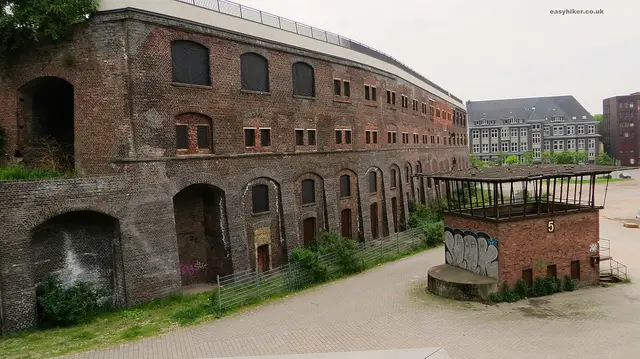

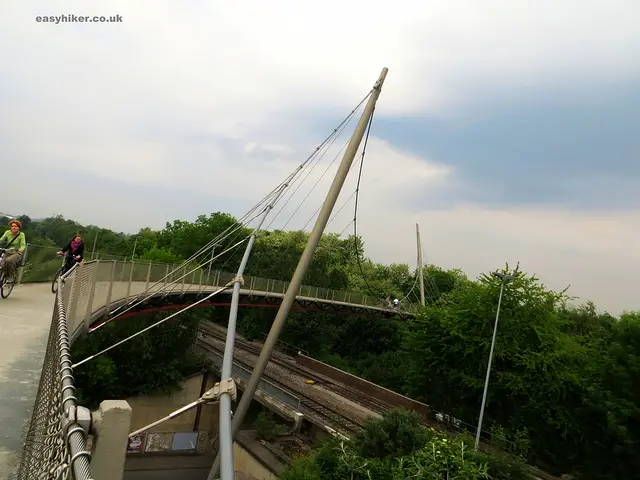

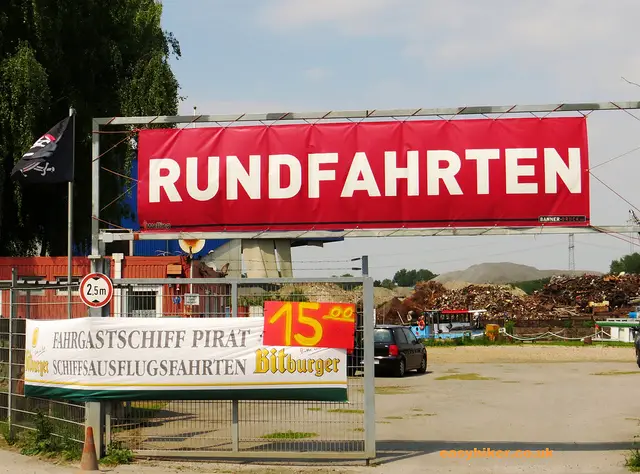
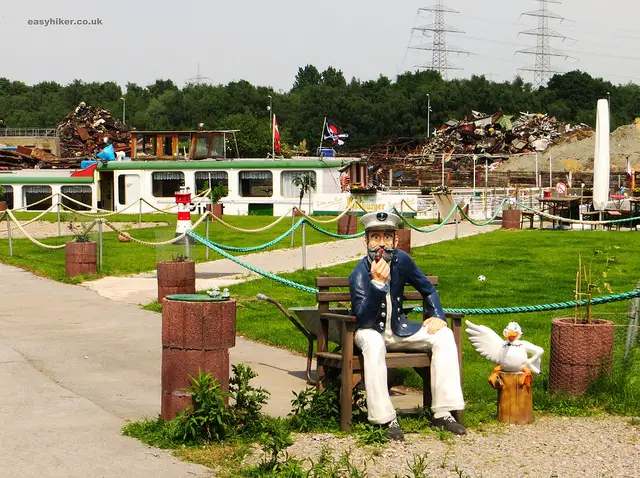
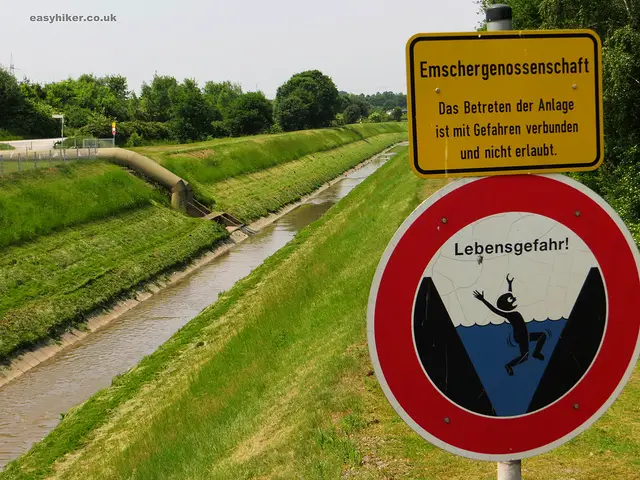
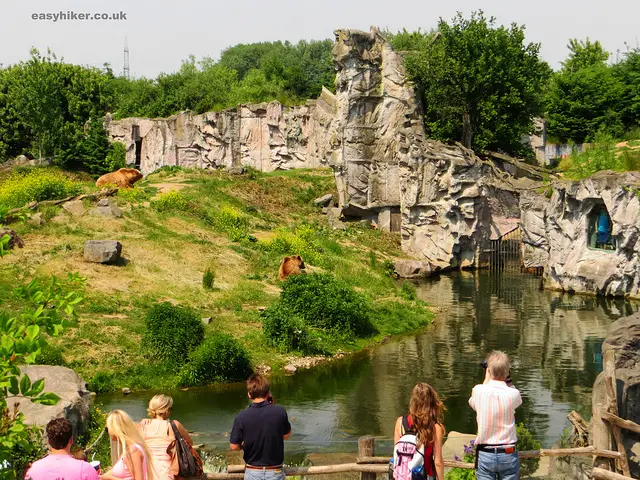




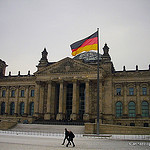
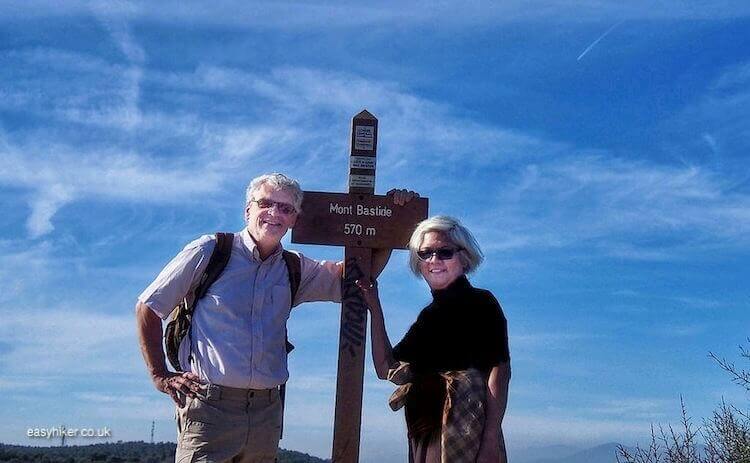
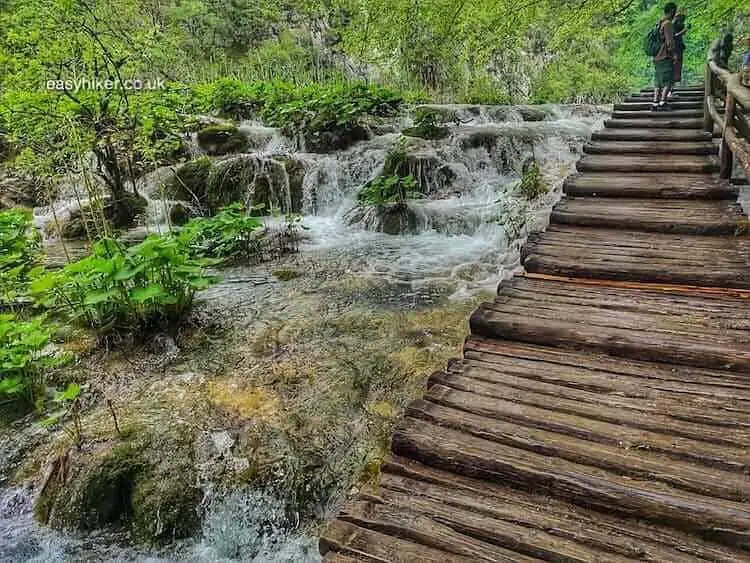
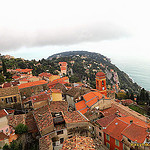
That’s what I love about hiking – you never know where it might take you. You possibly would have never had that burger if you hadn’t of gone for a stroll. Love the endless possibilities of it all.
I like that they were able to rebuild the tracks. It has such an interesting history. What was even more surprising is where this trail leads you to – past the zoo and diner. The burger looks delicious!
Wow, that’s a lot of money. Time to find that billionaire or billionaires in your city who might happen to like hiking too.
The city in which we live has just purchased a railroad track that bisects the city and hopes to one day open it as a hiking trail. The concept is a good one, but the price tag being bantered around is $500 million. . . yikes! Makes us wonder if it will be paved with gold. Nice report again and as always love the photos.